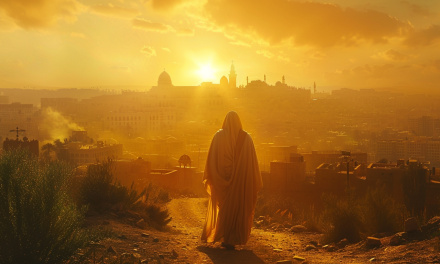In the Bible’s Book of Isaiah, the prophet issues a scathing rebuke against those who craft “engraved images” or idols out of wood and then worship them (Isaiah 44:19-22). Isaiah mocks how they burn part of the wood as fuel for keeping warm and cooking, while crafting the rest into a “contemptible thing” that they bow down and serve.
While few today would literally carve statues out of wood to worship, some argue that many modern mega churches have essentially crafted their own idols in the form of their buildings, brands, and business models. Critic and author Kyle J. Howard argues that mega churches’ relentless focus on promoting their name, image, facilities and profitability has drawn them into a modern form of materialistic idolatry.
With their massive multi-million dollar campuses, haunting vaulted auditoriums, and fashion-brand-like logos plastered everywhere, mega churches pour tremendous resources into not just church facilities, but church facilities as manufactured brand identities. The names like “Elevation Church,” “Hillsong Church,” and “Willow Creek Community Church” are designed forments, not community.
Isaiah 44 mockingly asks of the idolators: “No one stops to think, no one has the knowledge or understanding to say…’Is not this thing in my right hand an idol?'” Critics like Howard argue many mega church leaders and attendees are essentially blind to how the church has become a materialistic “thing” or corporate brand that people are drawn to attend and support, rather than an organic community focused on truth and mutual support.
The prophet Isaiah goes on to say that such idol worship is foolish, as “He feeds on ashes, a deluded heart misleads him…Not one of them can save.” Similarly, critics argue that mega churches’ obsession with buildings, brands, and business success has misled them from their original purpose. All the marketing and capital poured into facilities cannot “save” anyone or provide the core Gospel teachings and community that a church should offer.
Of course, many mega church pastors would argue that their facilities and outreach efforts have allowed them to spread the Gospel to more people than ever before. But does the enormous toll it takes to build and sustain these church businesses undermine the simple teachings those same churches preach? In an age of consumerism and materialism, perhaps mega churches need to re-evaluate their own susceptibility to the very idolatry they often speak out against.





